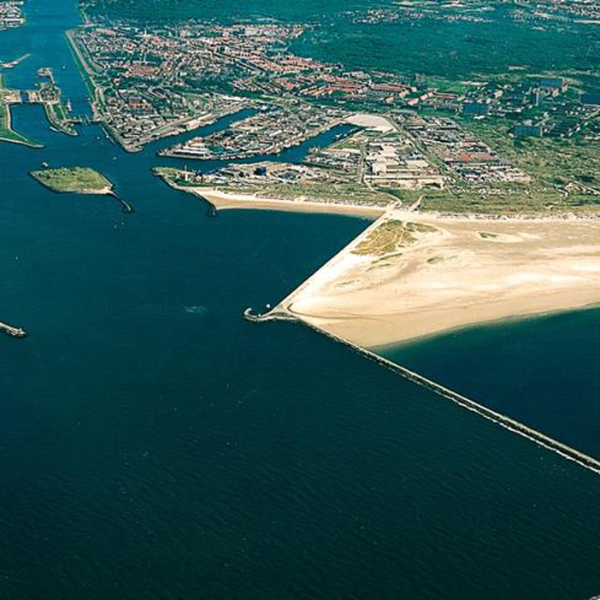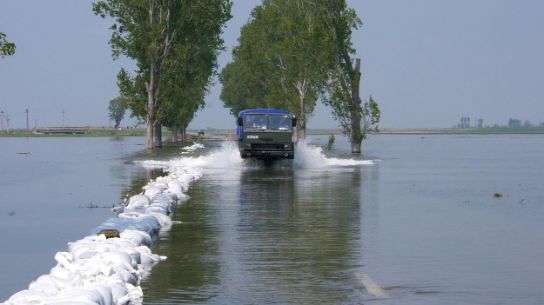Waterway lighting in accordance with the TRIAS principle

Waterway lighting in accordance with the TRIAS principle
The Directorate-General of Public Works and Water Management (Rijkswaterstaat, RWS) owns and operates the lighting systems alongside the North Sea Canal and the Amsterdam-Rhine Canal. Most of the equipment in these lighting systems is due to be replaced. Witteveen+Bos is to perform a stakeholder analysis, create a design and draw up a performance contract aimed at making the 90 km worth of waterway lighting systems uniform and compliant with current laws and regulations.
In order to give concrete form to RWS’s sustainability objectives, Witteveen+Bos explained its design principles in a work session and worked with an RWS team to examine the opportunies, which were found in the Trias principle. ‘We considered a number of options to minimise energy consumption and the use of materials’, says Paulien Hoogvorst, technical manager at Witteveen+Bos. ‘To start with, there was the difference between using traditional and LED light sources. On that count, it quickly became clear that LED consumes far less energy and requires hardly any adaptations. But we also needed to consider how to design the power supply for the lighting systems next to the waterway. Do you want to install thick power cables with multiple branches, or design an autonomous system with power storage and solar panels? Installing a solar panel may provide for a renewable power source, but does require more material for the wider foundation. In addition, the impact on the landscape will be greater. We also looked at possible reuse of the cables and the desired target situation: 'What is the envisioned life cycle following the lighting system upgrade?’
Eventually, material savings were achieved by reusing existing power cables and masts. Energy savings were achieved by installing LED light sources and by optimising the design of electricity consumers in such a way as to minimise the power demand. The design also includes local generation of renewable energy in order to meet the power demand. While the Trias principle may seem logical, its application does require quite some power of persuasion. ‘Ensuring reuse is given a fair chance is always a struggle, because designers and clients often prefer the certainty of a full replacement of all materials, ensuring no maintenance will be necessary for a long time. I think reuse involves a certain level of risk, but the same goes for new materials. We can predict the life cycle of power cables fairly accurately, which makes the risk manageable.’
More information?

Our projects
Every year we work on almost 5,000 projects on water, infrastructure, environment and construction.
